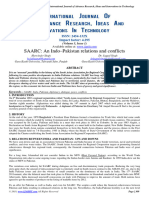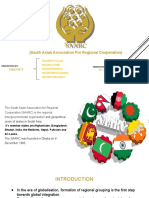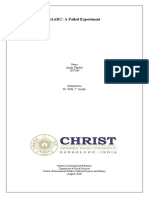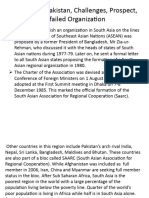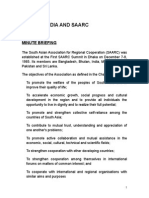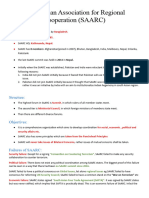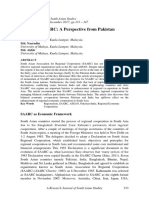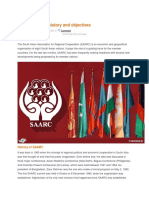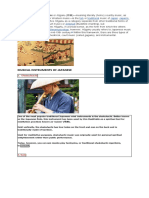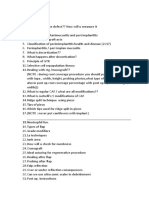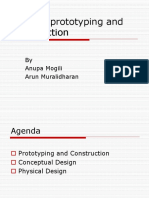0% found this document useful (0 votes)
8 views7 pagesDevashish Assignment
The document discusses the complex historical and political relationship between India and Pakistan, which has significantly impacted the South Asian Association for Regional Cooperation (SAARC) since its establishment in 1985. It highlights how ongoing disputes, particularly over Kashmir and terrorism, have hindered regional cooperation and the effectiveness of SAARC. The assignment concludes by suggesting potential pathways for improving relations and enhancing SAARC's role in fostering regional collaboration.
Uploaded by
harsh.mudgil2Copyright
© © All Rights Reserved
We take content rights seriously. If you suspect this is your content, claim it here.
Available Formats
Download as PDF, TXT or read online on Scribd
0% found this document useful (0 votes)
8 views7 pagesDevashish Assignment
The document discusses the complex historical and political relationship between India and Pakistan, which has significantly impacted the South Asian Association for Regional Cooperation (SAARC) since its establishment in 1985. It highlights how ongoing disputes, particularly over Kashmir and terrorism, have hindered regional cooperation and the effectiveness of SAARC. The assignment concludes by suggesting potential pathways for improving relations and enhancing SAARC's role in fostering regional collaboration.
Uploaded by
harsh.mudgil2Copyright
© © All Rights Reserved
We take content rights seriously. If you suspect this is your content, claim it here.
Available Formats
Download as PDF, TXT or read online on Scribd
/ 7

